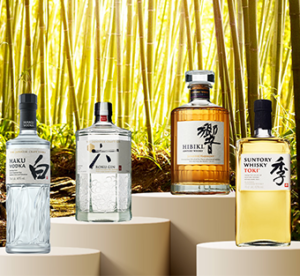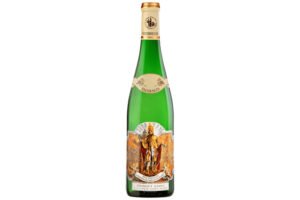How to Make Kombucha at Home

[ad_1]
You have probably noticed more kombucha options popping up in grocery and health food stores across the U.S. “Overall, the kombucha category has grown from $1 million in sales in 2014 to $1.8 billion in sales in 2019,” reports Market Watch, “with the total number of brands increasing by about 30% a year annually for the last several years.”
There’s even a growing number of hard kombuchas making their way onto liquor store shelves, too.
But what exactly is kombucha? Here we break down its history, how it’s made and how to brew it at home.
What is Kombucha and How is it Made?
Kombucha is a slightly sweet and acidic, gently fizzy drink that’s made by fermenting black or green tea.
To make it, you’ll need to ferment sweetened black or green tea for at least a week with a SCOBY, or symbiotic consortium of bacteria and yeasts. The SCOBY has a rubbery-like consistency with a vinegar smell. It looks like the top of a mushroom, hence why kombucha is sometimes called mushroom tea. You can either make a SCOBY at home or purchase a starter kit.
Is Kombucha Good for You?

While many fermented foods and drinks like kombucha have probiotic qualities, which can provide antioxidants and decrease inflammation, experts say kombucha isn’t a one-stop shop for gut health. A balanced diet is paramount.
“Consuming a diet rich in fiber from fruits, vegetables, nuts and seeds is the most important factor in order to promote a healthy gut environment for these probiotics to flourish,” Maria Zamarripa, a registered dietician, told Time Magazine.
Where is Kombucha From?
According to the Journal of Food Production, kombucha can be traced to the Tsih Dynasty in 3rd century B.C.E. China. Historians believed the fermented beverage made its way to India and eastern European countries like Russia through the Silk Road trade route. In Russia, it was later used as folk medicine in the 1800s.
During World War I (1914–1918), Russian and German war prisoners spread kombucha throughout Europe. However, it wasn’t until the 1990s that the carbonated tea became more popular in the U.S.
How to Make Kombucha at Home
Reprinted with permission from The Big Book of Kombucha © 2016 by Hannah Crum and Alex LaGory. Photography © by Matt Armendariz. Used with permission from Storey Publishing.
Ingredients
- 1 gallon cool, chlorine-free water
- 4–6 tea bags or 1–2 tablespoons loose-leaf tea
- 1 cup sugar
- 1 full-size kombucha SCOBY (4–5 ounces)
- 1–2 cups mature kombucha for starter liquid
Directions

Heat 1 quart of the water to just below boiling. Combine tea and hot water in a pot, a separate bowl or in the glass brewing vessel—use caution when pouring hot liquid into glass brewing vessel. Let steep for 5 to 15 minutes, then remove the tea leaves.

Add the sugar to the hot tea and stir until completely dissolved.

Pour the remaining 3 quarts of cool water into the brewing vessel. If prepared separately, add the sweet tea. Dip a clean finger into the mixture to gauge its temperature. If warmer than body temperature (about 100° F), cover with a clean cloth and set aside until lukewarm.

With clean hands, place the SCOBY in the sweet tea solution. Pour the starter liquid on top of the SCOBY.

Cover the vessel with breathable cloth, secured with a rubber band if necessary. Set it in a warm location (ideally 75–85°F), out of direct sunlight, unless brewing in an opaque vessel.

Allow the sweet tea to ferment for 7–21 days. After 5 days (or sooner, if you’re curious), it’s okay to begin tasting once a day. To taste, remove the cloth cover, gently insert a straw beneath the SCOBY, and take a sip. Or dip a shot glass or other small cup past the new layer of SCOBY into the brew.

Once the brew reaches the flavor you prefer, it is ready to harvest. Before bottling or flavoring, collect at least 1 cup of starter liquid for the next batch from the top of the brew (2 cups if you can spare it or if the brew is young) and pour it into a clean bowl. Then remove the SCOBYs to the bowl, cover with a clean towel and set aside.

The rest of the kombucha is now available for drinking, either straight from the vessel or after bottling. Makes 1 gallon.

Credit Matt Armendariz
[ad_2]




